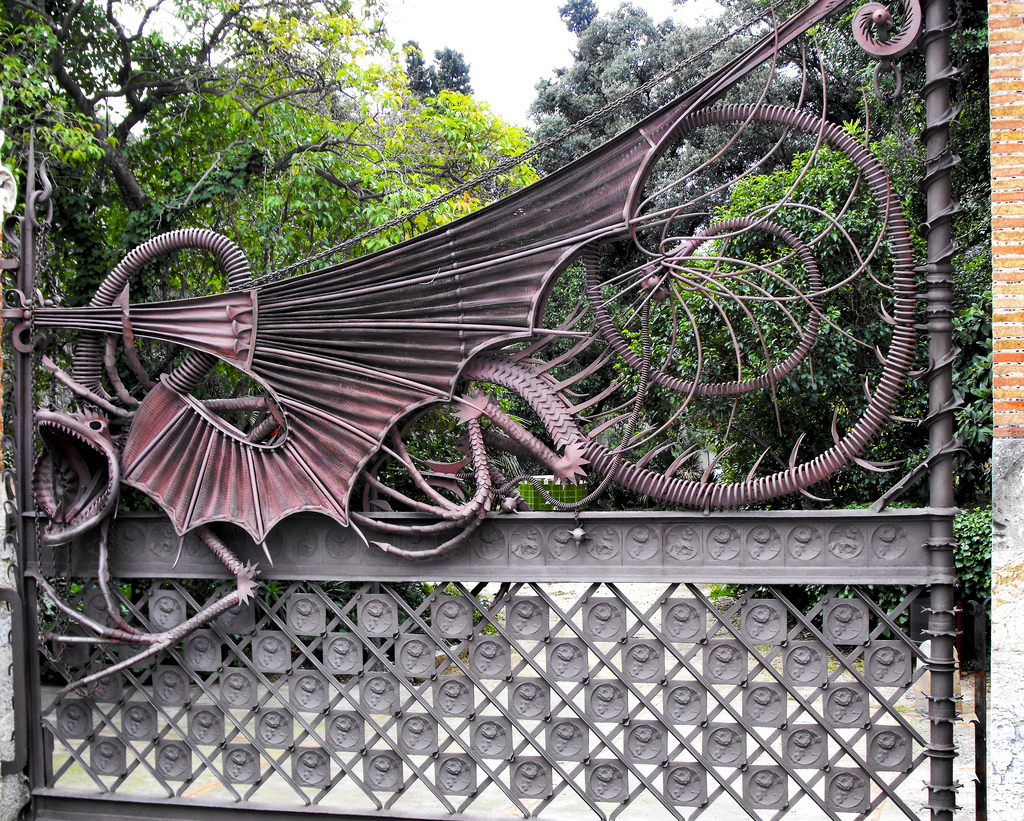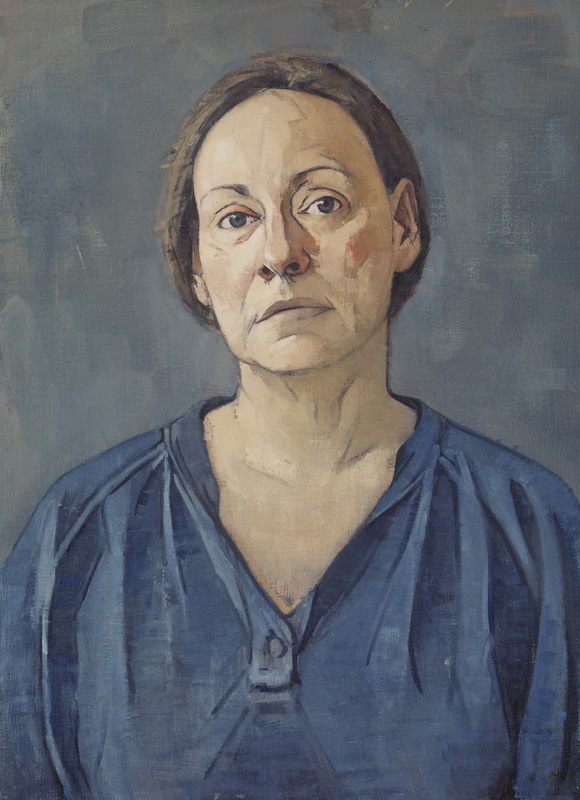How nice it is finally to get back to drawing after travels and the imbroglio of daily life! Life drawing is a passport to sanity for me and makes me feel more centered again. That hush in the room as a dozen or so artists concentrate on drawing is like a benediction; it reminds me that there is this whole union of artists out there all over the place, quietly doing their best to create art in all sorts of versions and visions, all intense and passionate. A nice universe of which to be a part!
Time and time again, I read in the press the comment from an artist that only when he or she is actively involved in art-making is there a sense of coherence, even harmony, in that artist's world. When one is not drawing, painting or whatever the creation involves, then there is a feeling of disquiet, dislocation. It is true in my case.
As I peer at the intricacy of fingers clasped, or the play of light on muscles on an arm or across a back, time becomes meaningless, for a while. That is a good feeling. It makes me think of the quote I read the other day from Antoni Gaudi, the great Catalan Modernist architect from the later 19th and early 20th century (think of la Sagrada Familia church in Barcelona): "Everything comes from the great book of nature." Life drawing is certainly part of that enormous and endlessly fascinating tome.
Main Gate, Dragon, Antoni Gaudi, Guell Park, Barcelona







